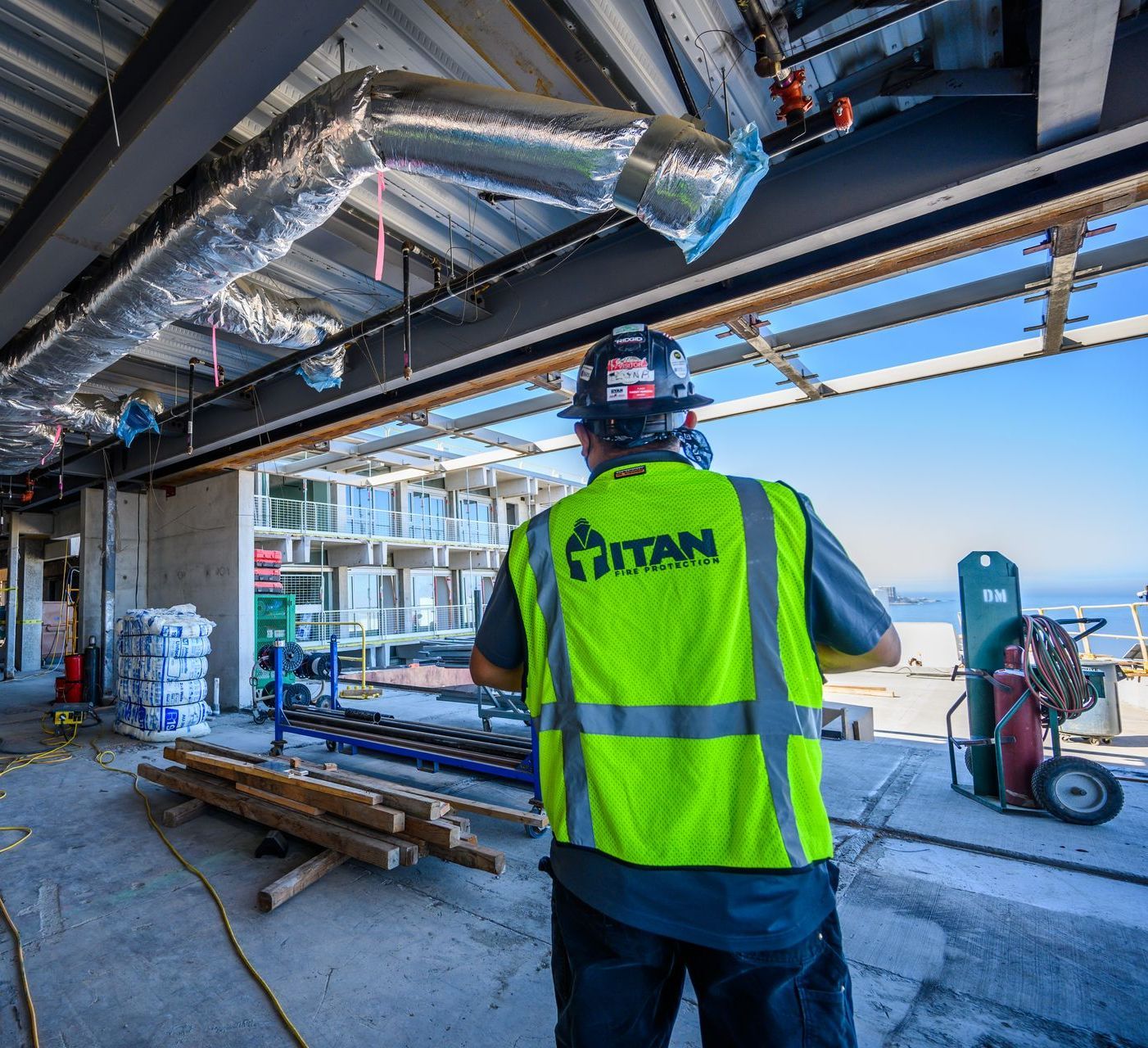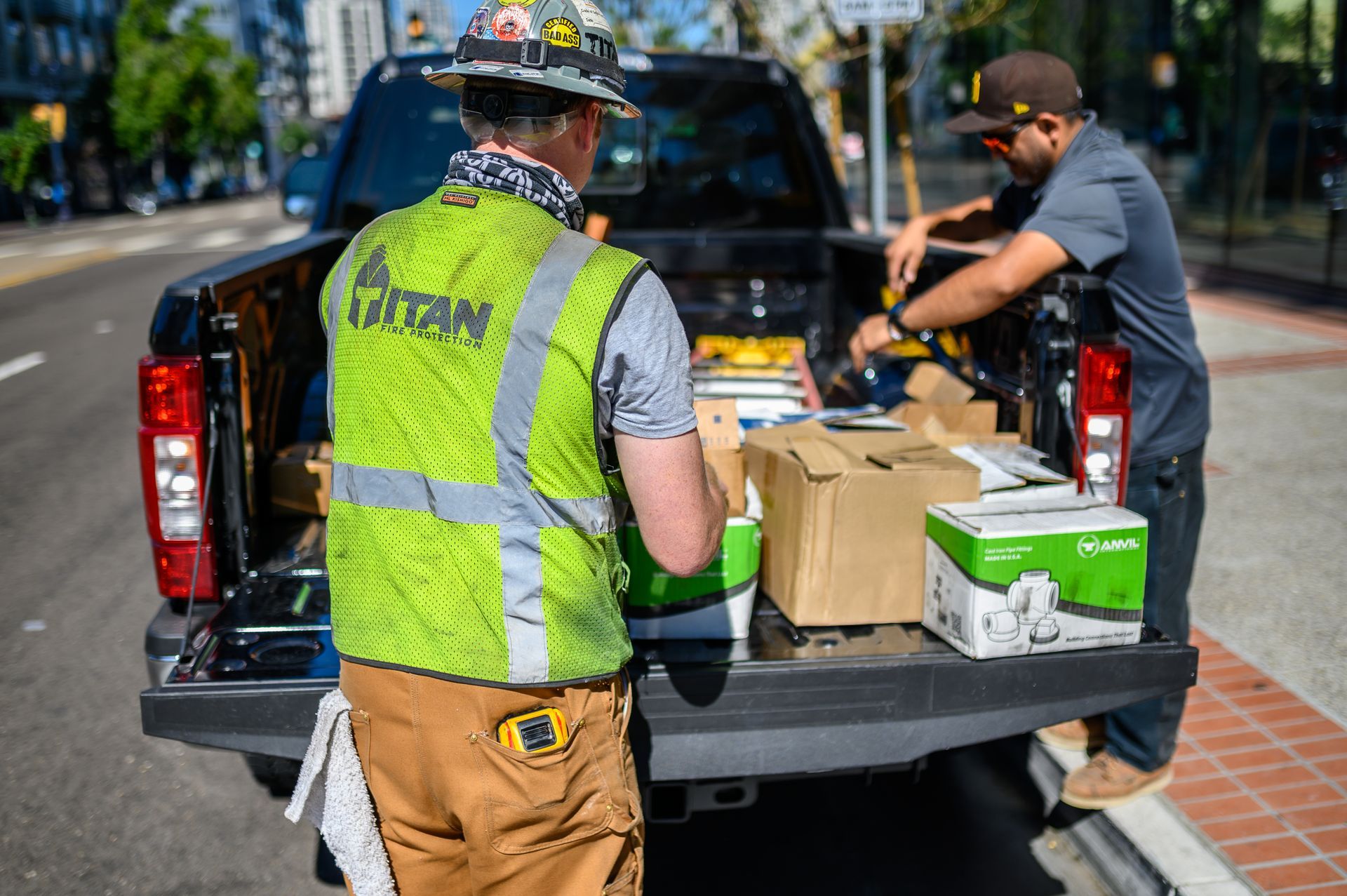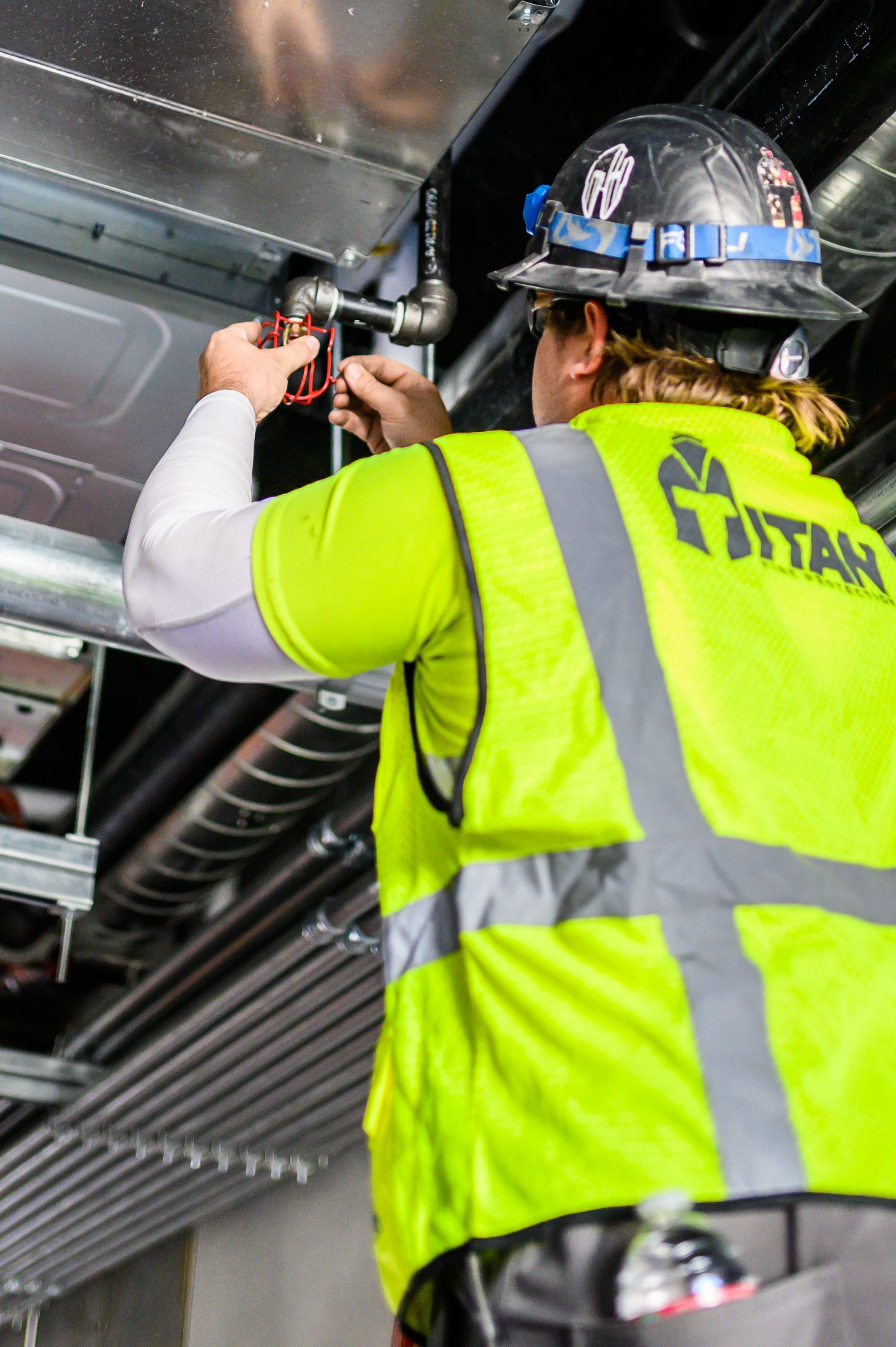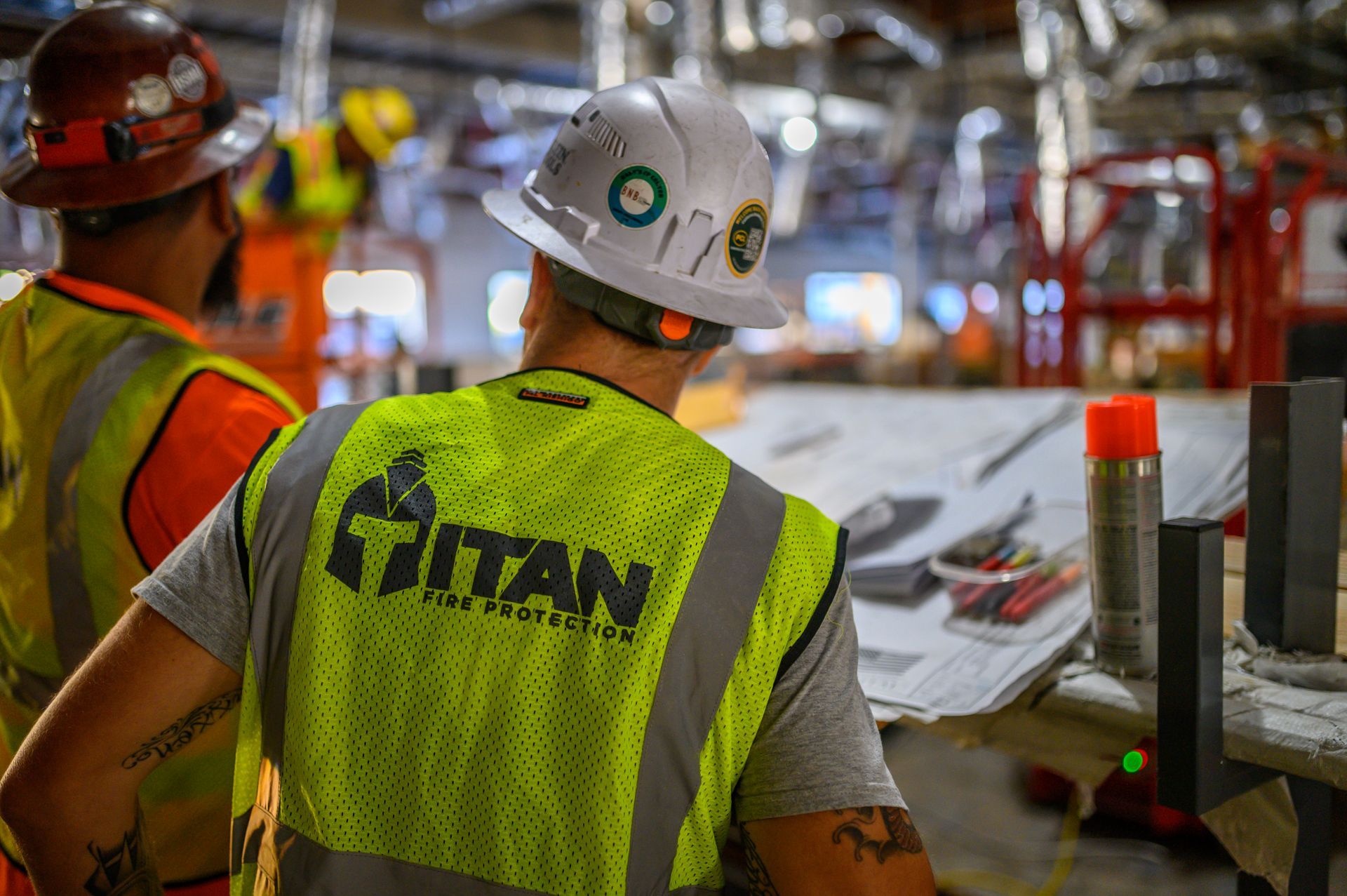5 Construction Safety Tips to Prevent Fires on the Jobsite
Fire safety on construction sites is a critical but often overlooked part of jobsite management. With open flames, electrical work, heavy machinery, and combustible materials all in one place, even a small spark can turn into a serious incident.
At Titan Fire, we know that prevention is your first and best line of defense. Whether you are managing a small renovation or a major build, implementing a few smart fire safety practices can help keep your crew and property safe — and your project on schedule.
Here are
five practical fire prevention tips every construction site should follow.
1. Establish a Comprehensive Fire Safety Plan
Before work begins, your site should have a written fire safety plan in place. This document outlines your team’s response in the event of a fire — including evacuation routes, alarm procedures, and emergency contact information.
A proper fire safety plan should also include:
- Designated fire wardens or safety coordinators
- Clearly marked exits and assembly points
- Accessible fire extinguishers and suppression equipment
- Training sessions for all workers on fire safety protocols
Make sure the plan is reviewed and updated regularly, especially when your site layout changes. Everyone on the job — from contractors to temporary labor — should know exactly what to do in case of an emergency.
Pro Tip: Partner with a certified fire protection specialist like Titan Fire to design a site-specific fire safety strategy that meets local codes and regulations.
2. Manage Combustible Materials Properly
Many fire incidents start with improper handling or storage of flammable materials. On a construction site, that can include paint, solvents, adhesives, fuels, or insulation.
To reduce risk:
- Store all flammable materials in
designated, ventilated areas away from ignition sources.
- Dispose of oily rags and debris in
self-closing, fire-resistant containers.
- Keep gas cylinders upright and secured.
- Limit the amount of fuel and chemicals kept on-site at one time.
Taking time to properly label and store these items can significantly reduce fire risk — and it helps your site stay compliant with OSHA and NFPA safety standards.
3. Control Hot Work Operations
Hot work — such as welding, soldering, or cutting — is one of the most common causes of construction site fires. These activities generate sparks and heat that can ignite nearby materials within seconds.
Implement strict hot work controls, including:
- A
permit system for all hot work activities
- Fire-resistant barriers or shields in the work area
- On-site
fire watch personnel during and after the operation
- Proper ventilation to prevent gas buildup
Before any hot work begins, make sure the surrounding area is clear of combustibles, and always keep a fire extinguisher within reach.
Did You Know? According to the NFPA, nearly 30% of construction site fires are linked to hot work. A simple permit system can cut that risk in half.
4. Inspect Electrical Systems Regularly
Temporary electrical setups, exposed wiring, and overloaded circuits are major fire hazards on jobsites. Even small electrical faults can quickly escalate in dusty or flammable environments.
To minimize electrical fire risk:
- Have a
licensed electrician handle all wiring and connections.
- Inspect extension cords and temporary power supplies daily.
- Avoid daisy-chaining multiple devices or overloading circuits.
- Keep electrical panels clear and accessible.
Electrical inspections should be scheduled as part of your site’s regular safety walk-through. When in doubt, turn off power to suspect equipment until it has been checked.
5. Install and Maintain Fire Protection Systems
Even with strict prevention measures, accidents can still happen — and when they do, every second counts. Installing reliable fire protection systems can make the difference between a minor incident and a devastating loss.
At Titan Fire, we specialize in comprehensive fire protection for construction and permanent facilities, including:
- Temporary and permanent
fire sprinkler systems
- Fire alarms and detection systems
- Fire extinguishers and suppression equipment
- Routine
inspections and maintenance
These systems not only protect workers and property but also help your project comply with fire codes and insurance requirements.
Bonus Tip: Always test fire protection systems before occupancy or major project milestones to ensure everything is fully operational.
Final Thoughts
Fire prevention is not just a safety requirement — it is a responsibility shared by every worker on the jobsite. With proper planning, daily awareness, and reliable fire protection systems, construction fire risks can be dramatically reduced.
At Titan Fire, we are proud to help construction teams across San Diego and beyond build safely. From initial design to final inspection, our fire protection experts ensure your project is equipped to prevent and respond to fires effectively.
Contact us today to learn more about our fire protection solutions and keep your construction site safe from start to finish.
